
On our second day on the Yangtze River, our cruise offered a trip up the Goddess River, where we were able to experience the musical culture of the Tujia People. The Goddess River is named for Goddess Peak, which references a feature atop a peak located across the Yangtze from the tributary. Goddess Peak is named for a single pillar-like outcropping visible atop the mountain. The pillar appears as a solitary figure standing on the mountain. Legend made this pillar a goddess.
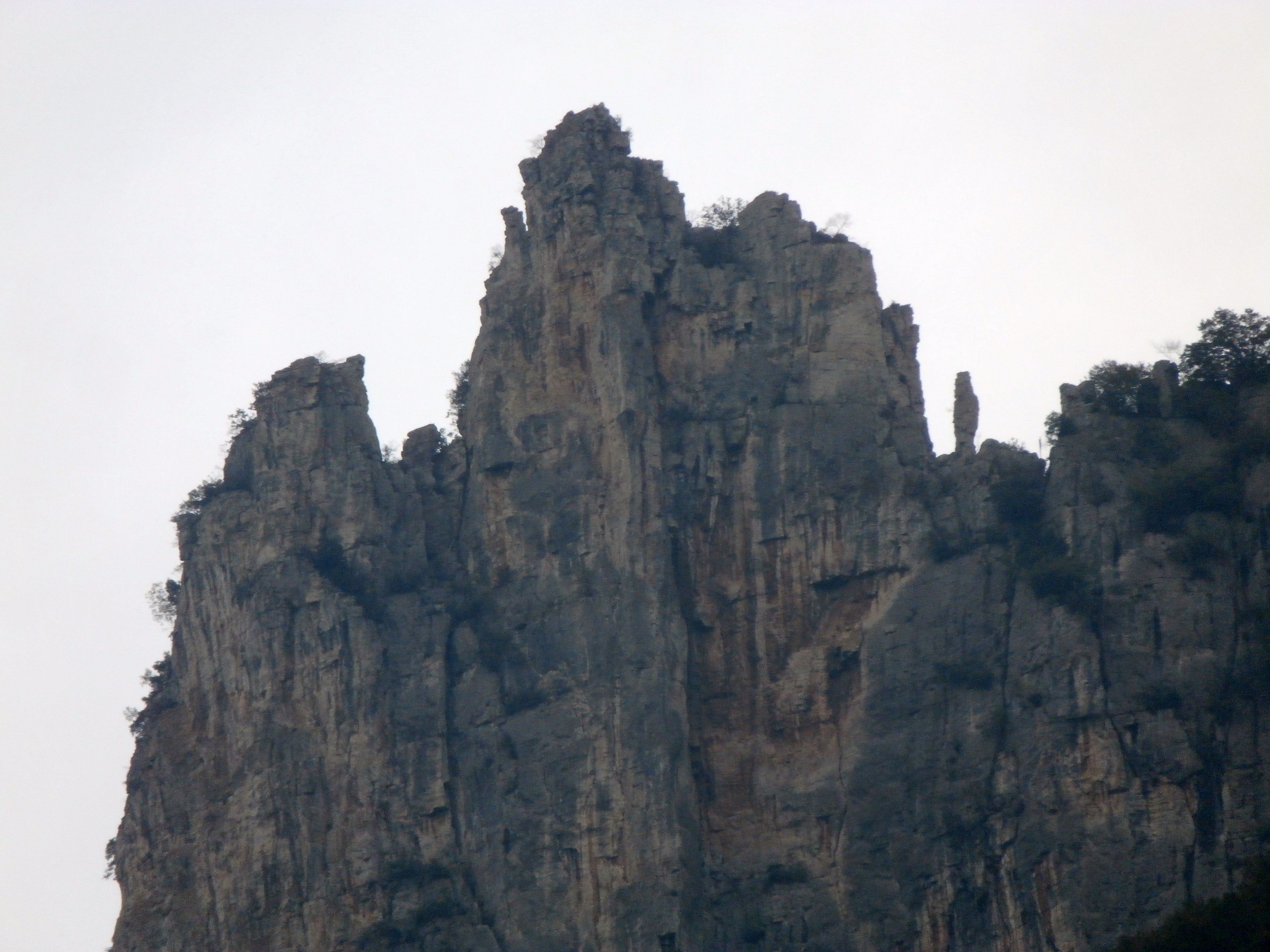
Our cruise ship headed into the mouth of the river, where we docked at a small dock on the river. We disembarked, passing through a small gift shop and post office before heading to our boats to board for our journey up the river.
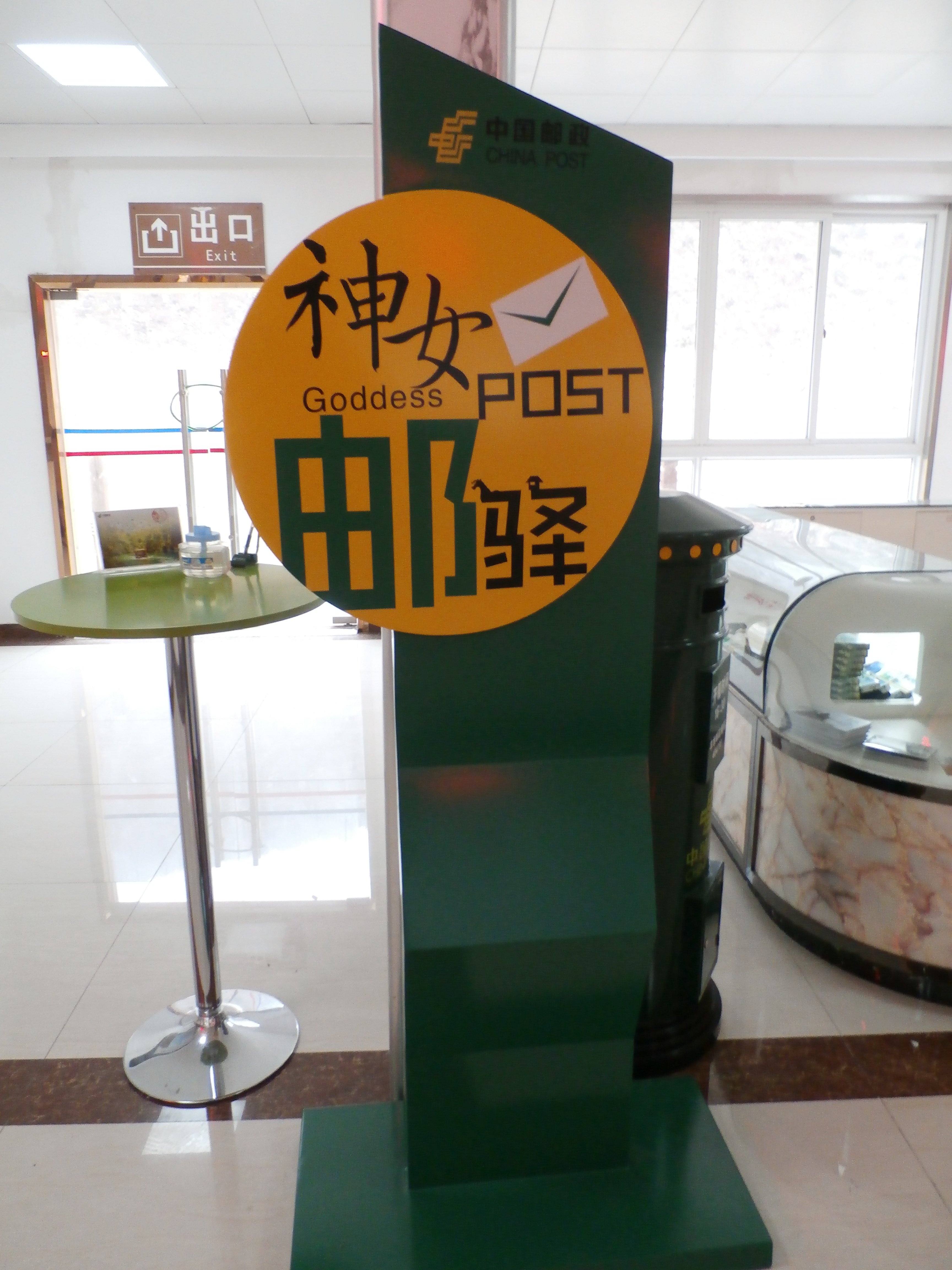
We exited the gift shop to board our decorative boats. We split into smaller groups, boarding several small boats to journey up the river. We were joined on the boat by a local guide, one of the Tujia People from this region. The Tujia are the eighth largest minority in China. They mostly inhabit the Wuling Mountains. Our guide provided us a history of the region, which was once a major producer of Opium. It appears tea and grapeseed are major crops in this area now. We were given the opportunity to purchase local tea on the boat. The grapeseed was visible all along the mountainside as we journeyed down the Yangtze. It was blooming season during our trip, dotting the landscape with bursts of bright yellow grapeseed flower.
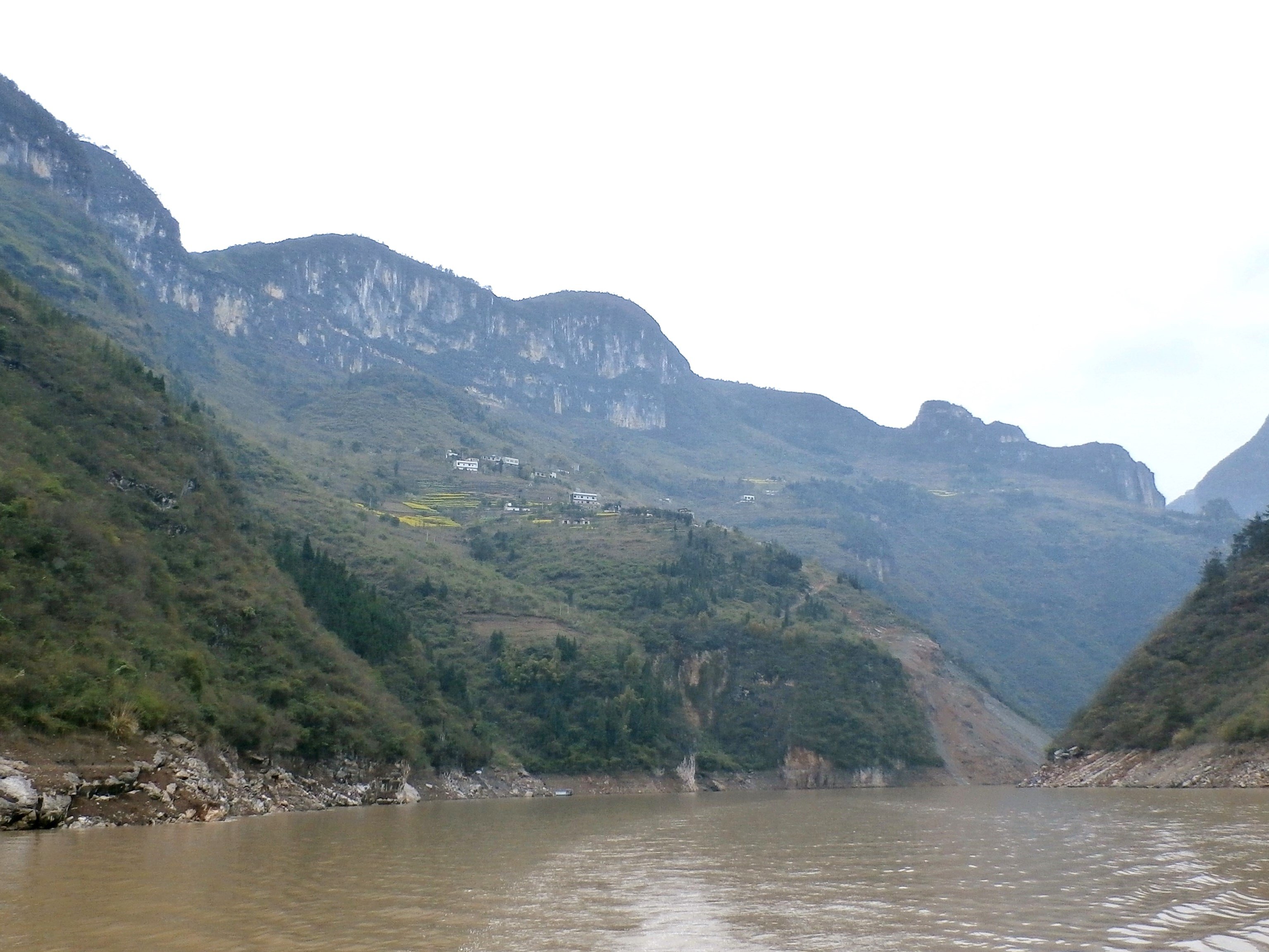
Our local guide pointing out the many landmarks, marked by signs mounted along the river.
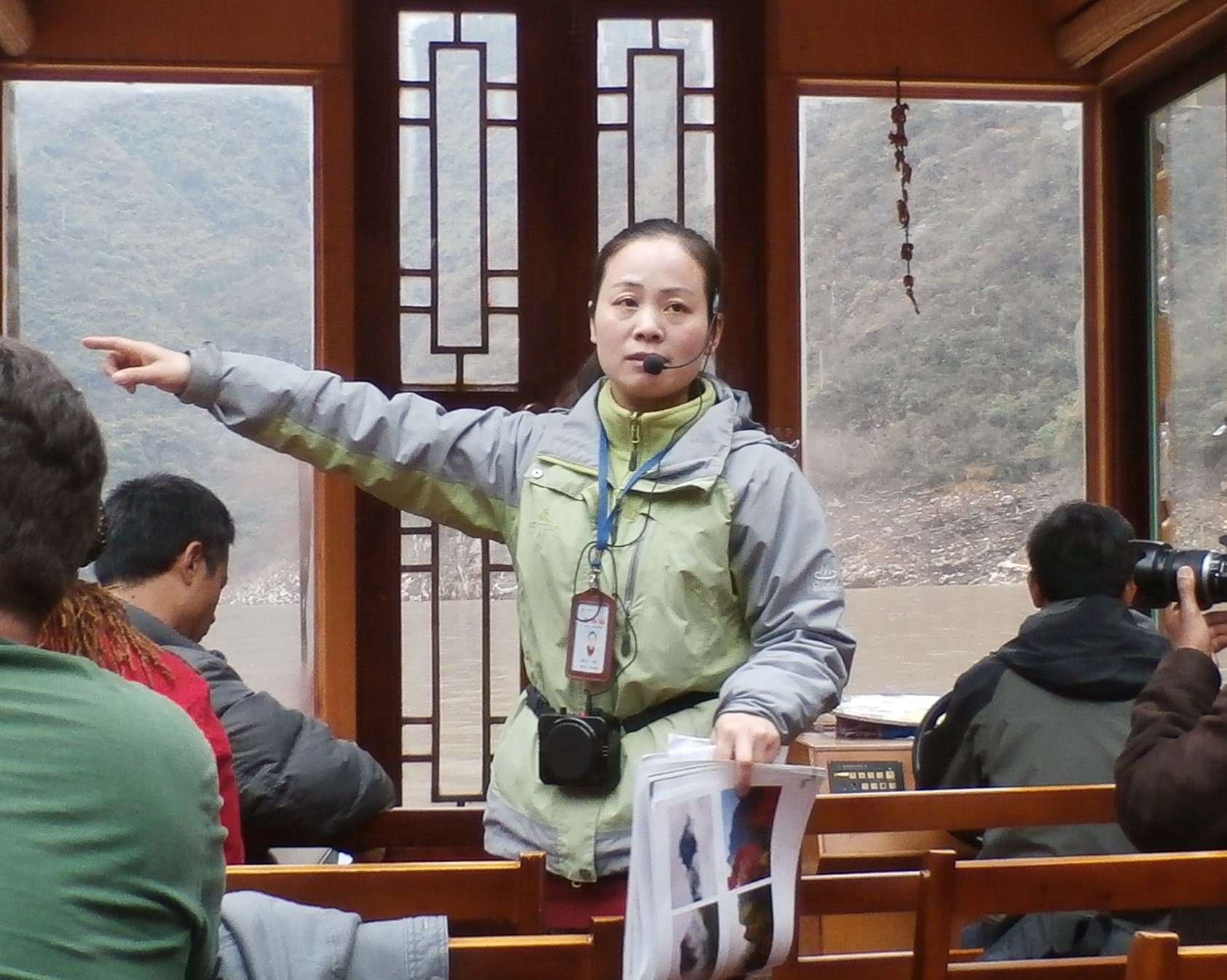
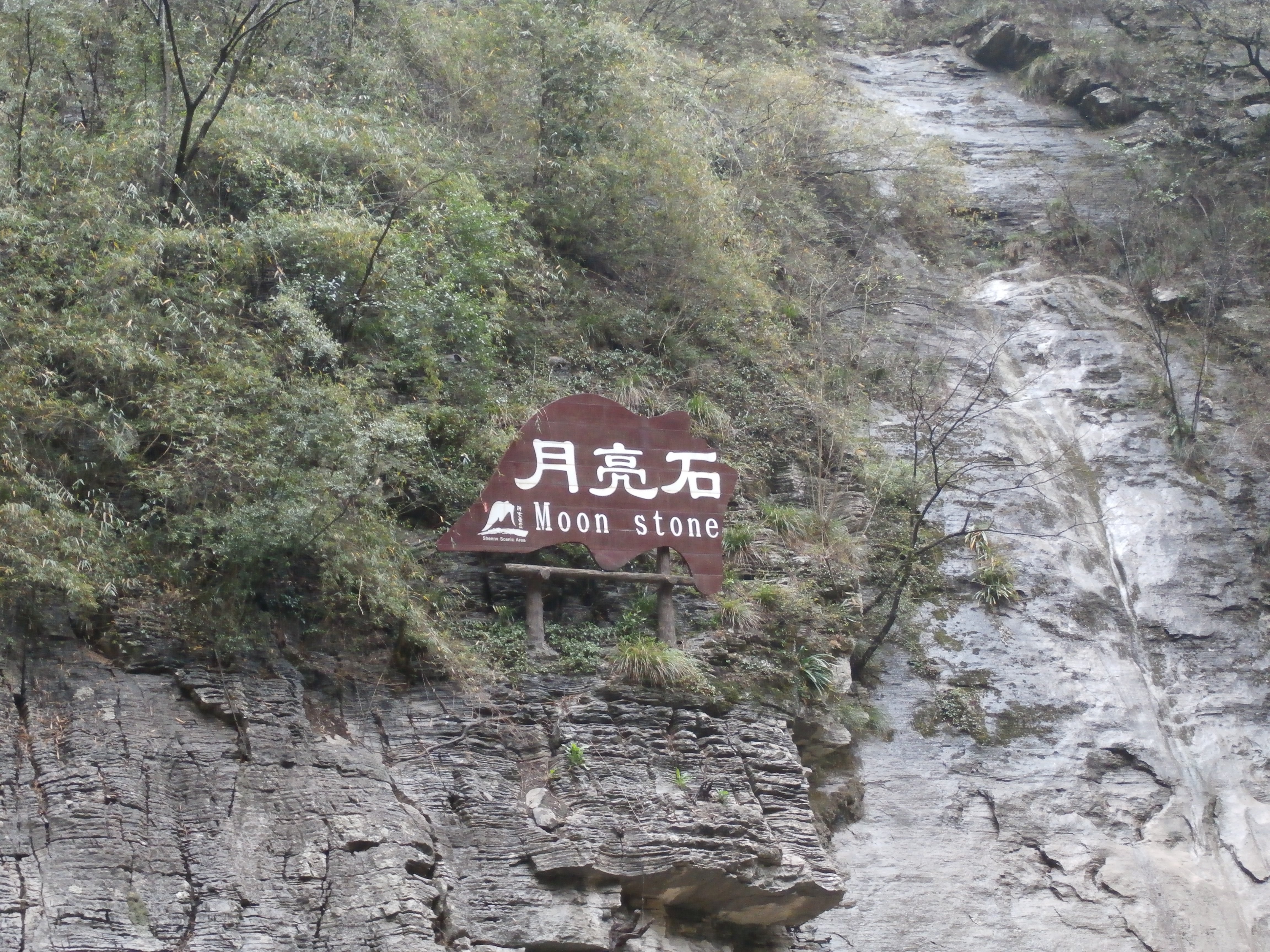
The brief clip below shows our boats navigating the narrow, winding river. It was a relaxing morning. It was raining slightly, but soon cleared up. Which was nice, since the boats had an exterior deck at the back of the boat where we could more easily breathe in the scenery.
We continued up the river about as far as we could safely navigate in the type of boats we were in. There was a dock on the side of the river made of plastic floating drums. It took a minute to get our sea legs on the colorful floating dock. It was an interesting place for us to gather and further experience the culture of the Tujia. They are known for their music compositions, which they shared with us. Each boat had a local guide. After our boats dropped us off, the guides gathered together and shared their songs and dances with us. I took a short video of the performance. I had more, but some jackass walked in front of me in the middle of a longer video.
After spending time singing and dancing with our local guides, we boarded our boats for the trip back downstream. We were offered the opportunity to buy some small gifts from the Tujia. We bought some tea. They also had some guidebooks for sale. It was not very expensive, and the money went to support the local community. Here are some additional photos of the scenery as we headed back to our ship.
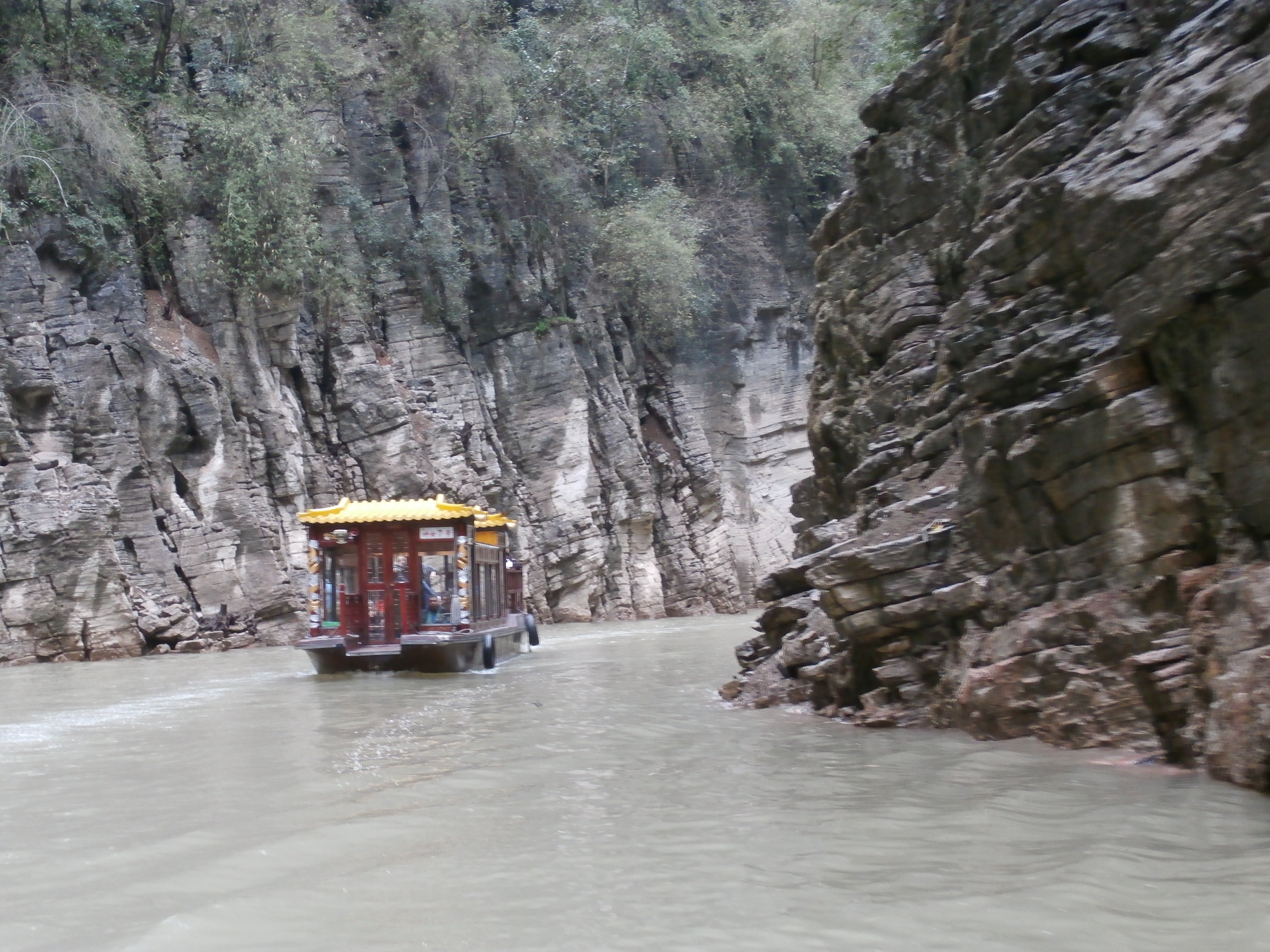
Because the water levels rise significantly during the rainy season, there were stairways that appeared to descend deep into the river. These allow access to the pathways when the water levels drop.
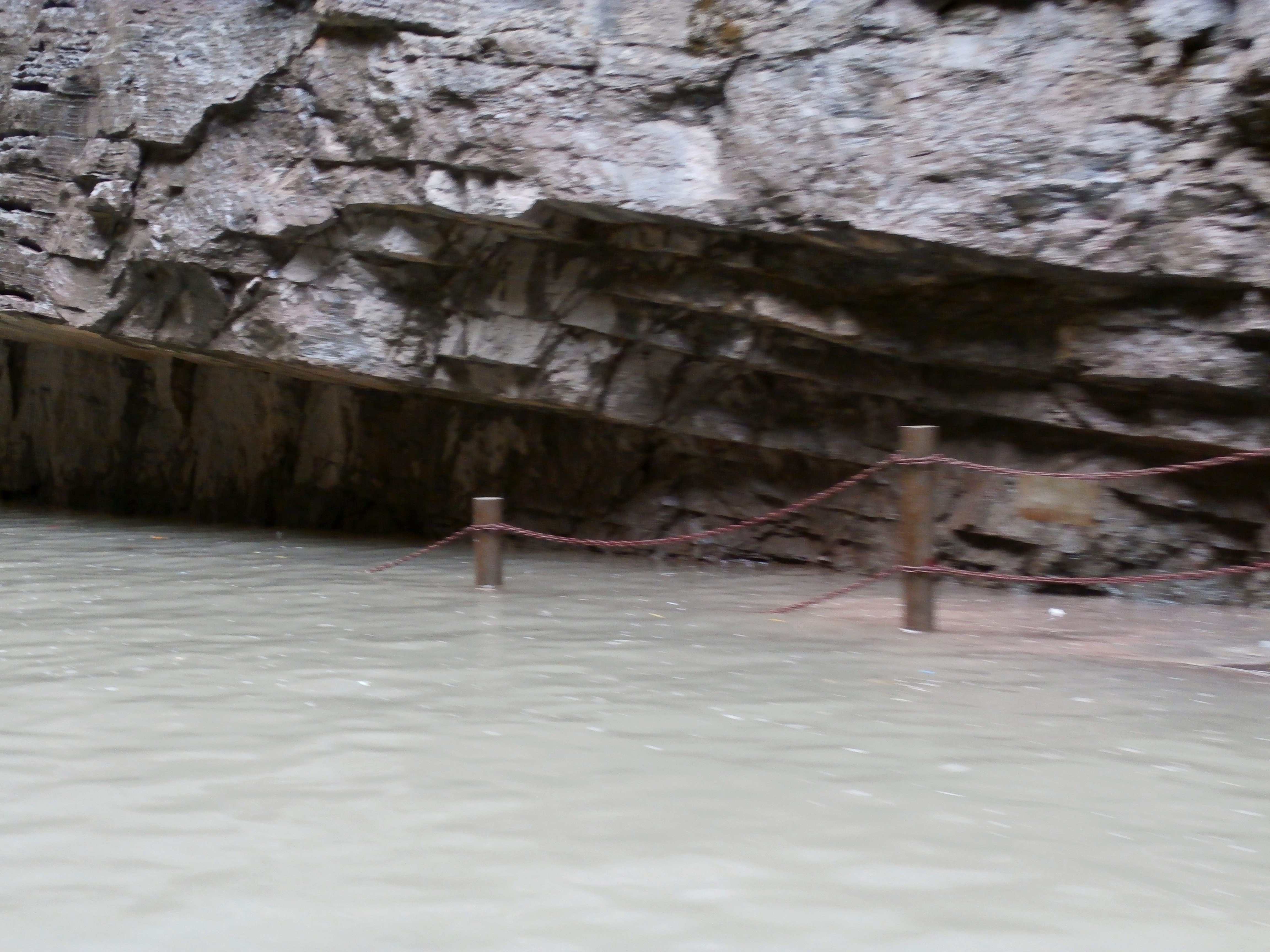
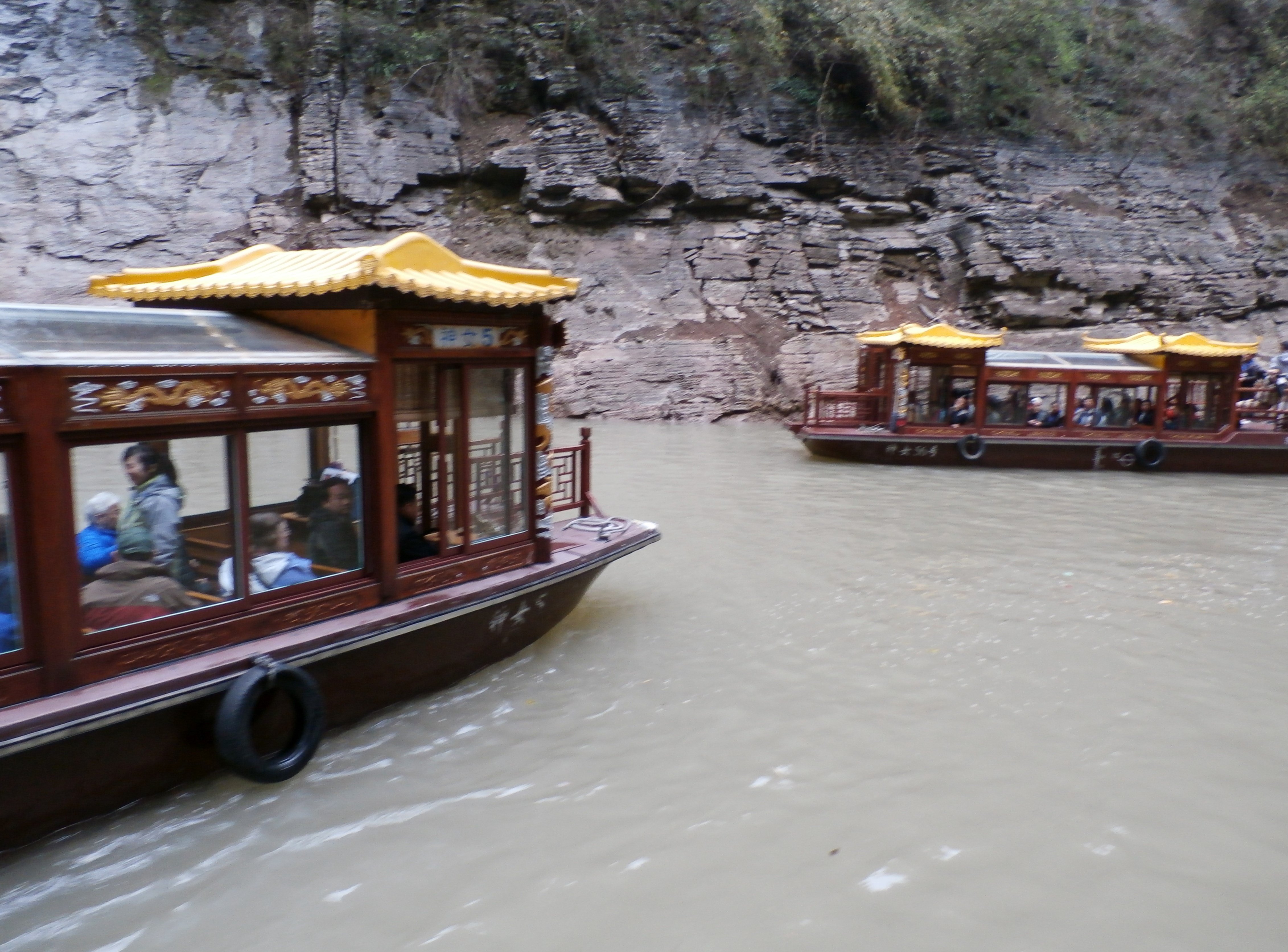
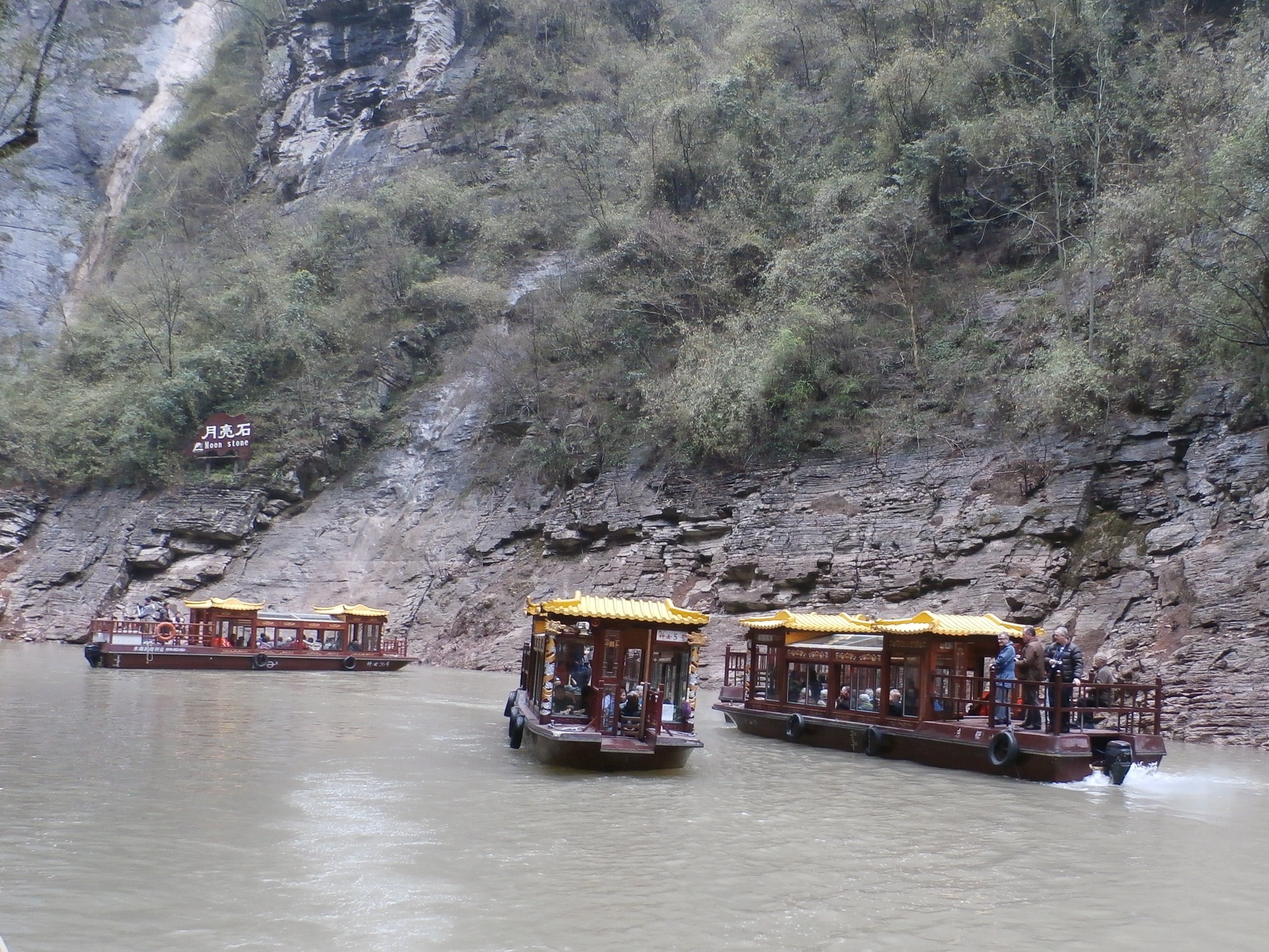
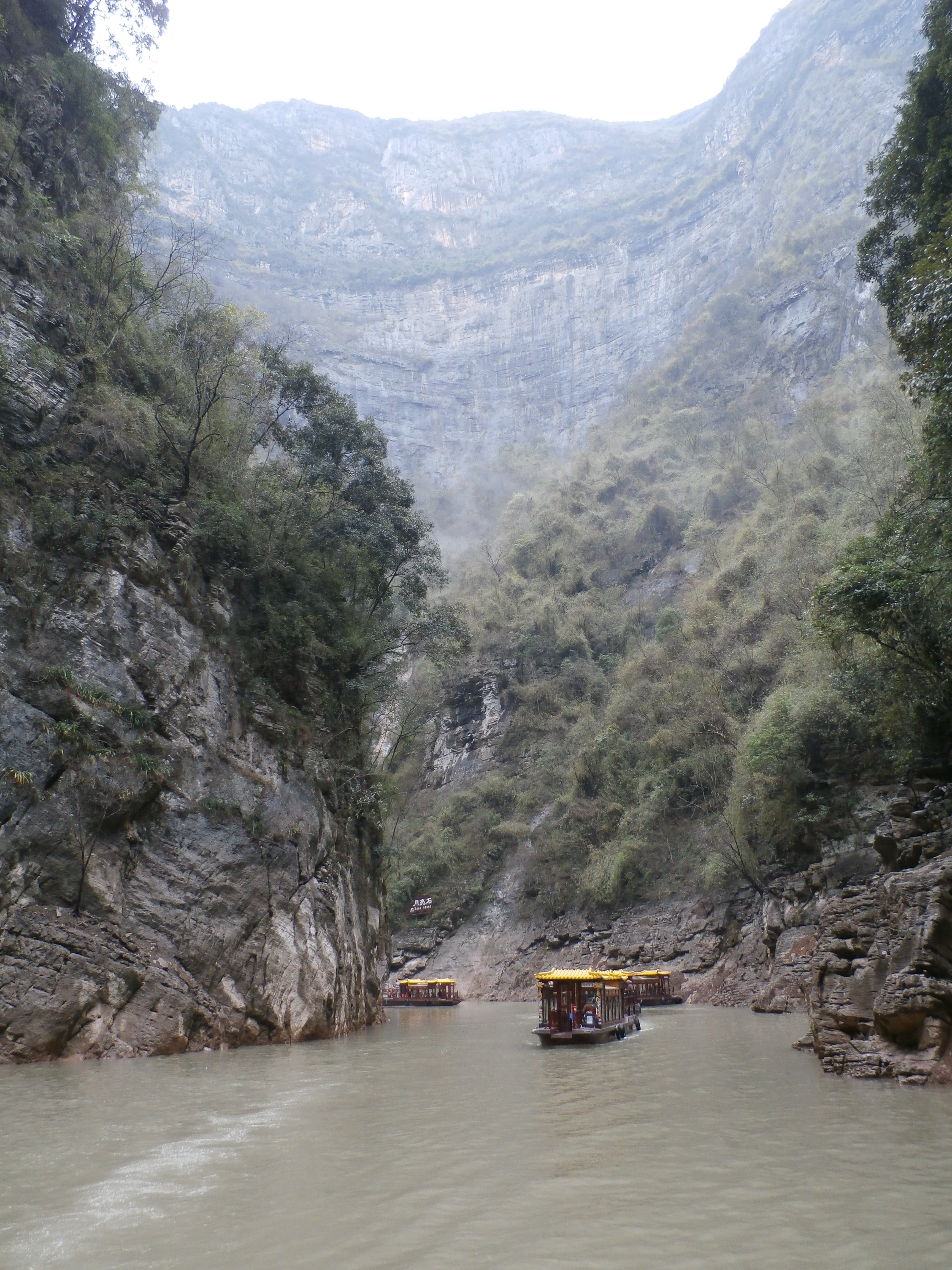
Most of the Yangtze River cruises offer some version of the Goddess River tour. If you are given the opportunity to take this shore excursion, I would recommend it. Our trip was part of a larger package booked through Gate 1 Travel. When we booked, we were able to add a package that included three excursions (the dam, Goddess River and a pagoda visit). It was an extra eighty dollars per person, which is cheaper than if you purchase individually or wait until you are on the ship to purchase the package. It was a good deal. The shore excursions were all worth the money, offering an opportunity to learn more about China and to experience intimate cultural interactions.


